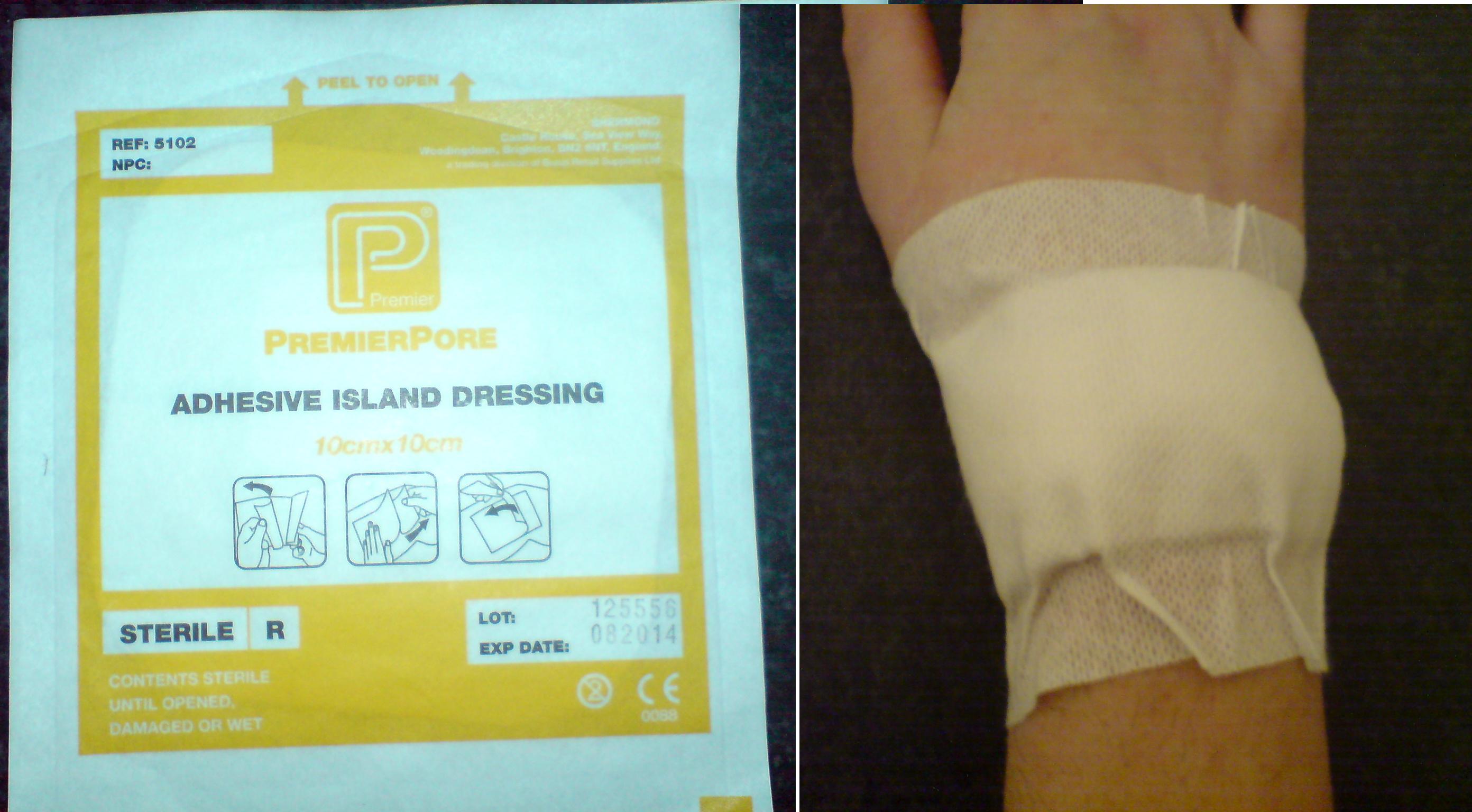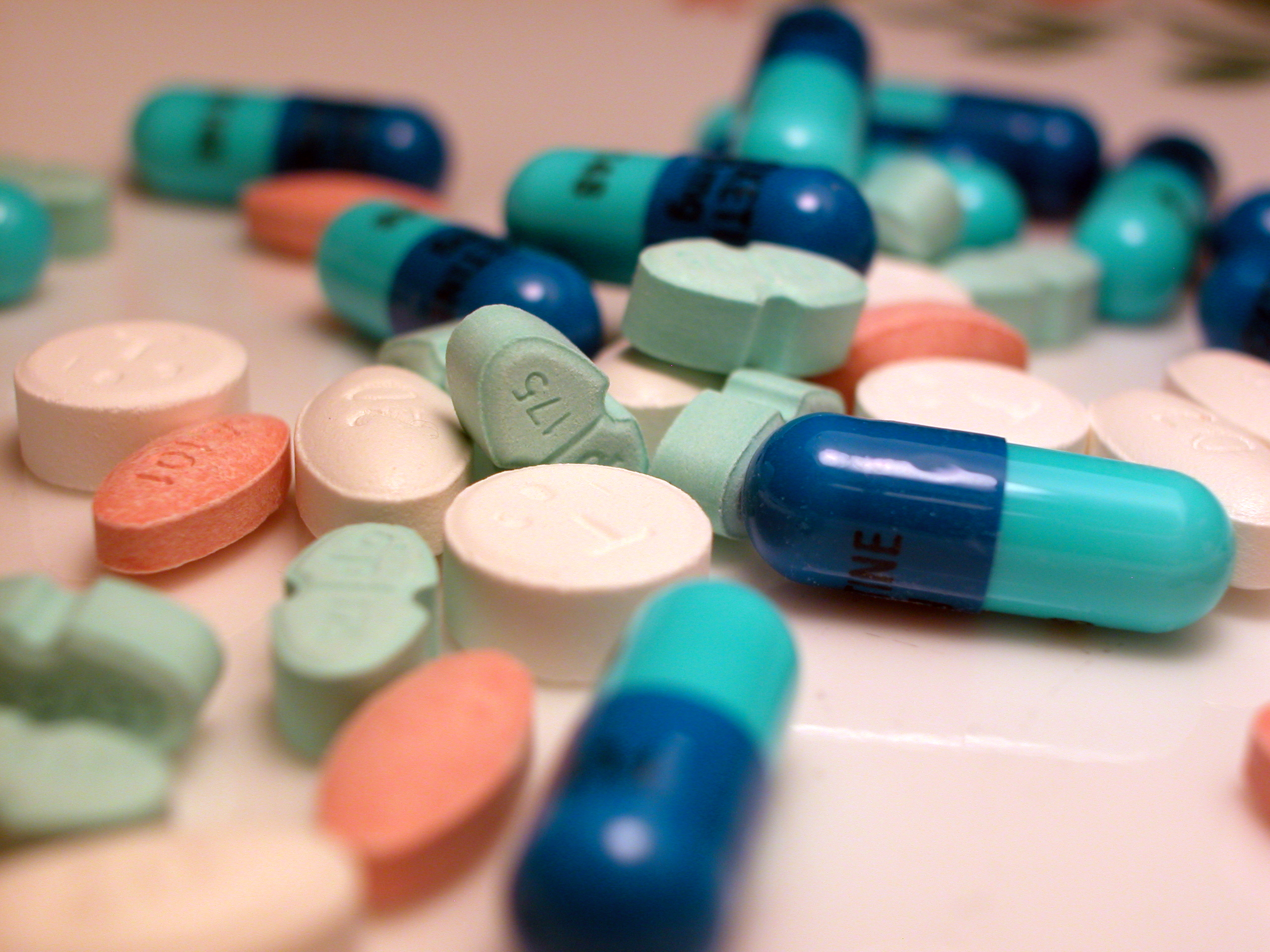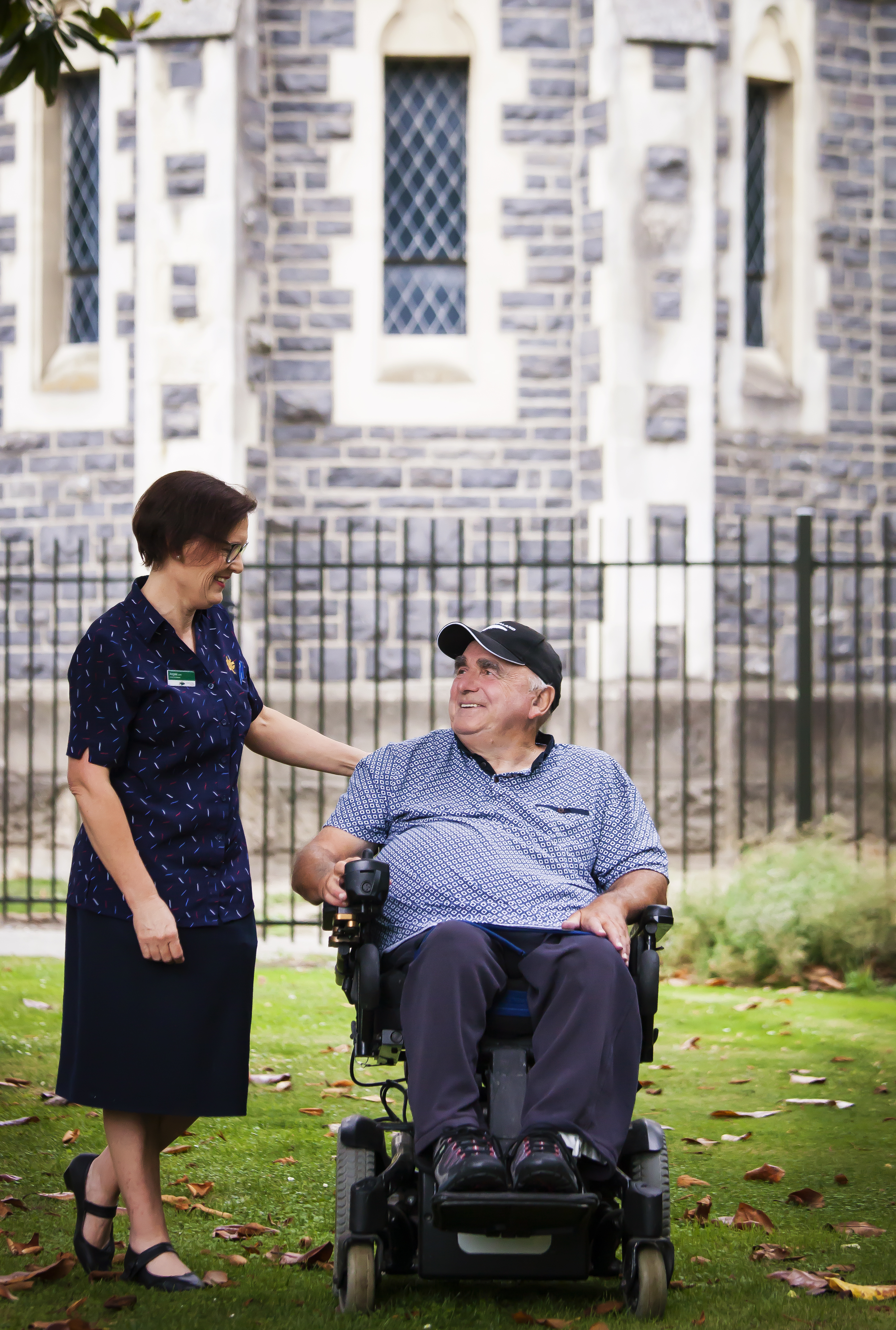|
Team Nursing
Team nursing is a system of integrated care that was developed in 1950s (under grant from W.K. Kellogg Foundation) directed by Eleanor Lambertson at Teachers College, Columbia University in New York, NY. Because the functional method received criticism, a new system of nursing was devised to improve patient satisfaction. “Care through others” became the hallmark of team nursing. It was developed in an effort to decrease the problems associated with the functional model of nursing care. Many people felt that, despite a continued shortage of professional nursing staff, a patient care delivery model had to be developed that reduced the fragmented care that accompanies functional nursing. Team nursing was developed because of social and technological changes in World War II drew many nurses away from hospitals, learning haps, services, procedures and equipment became more expensive and complicated, requiring specialisation at every turn. It is an attempt to meet increased demands ... [...More Info...] [...Related Items...] OR: [Wikipedia] [Google] [Baidu] |
Nursing Care
Nursing is a profession within the health care sector focused on the care of individuals, families, and communities so they may attain, maintain, or recover optimal health and quality of life. Nurses may be differentiated from other health care providers by their approach to patient care, training, and scope of practice. Nurses practice in many specialties with differing levels of prescription authority. Nurses comprise the largest component of most healthcare environments; but there is evidence of international shortages of qualified nurses. Many nurses provide care within the ordering scope of physicians, and this traditional role has shaped the public image of nurses as care providers. Nurse practitioners are nurses with a graduate degree in advanced practice nursing. They are however permitted by most jurisdictions to practice independently in a variety of settings. Since the postwar period, nurse education has undergone a process of diversification towards advanced and ... [...More Info...] [...Related Items...] OR: [Wikipedia] [Google] [Baidu] |
Nurse Manager
Nursing management consists of the performance of the leadership functions of governance and decision-making within organizations employing nurses. It includes processes common to all management like planning, organizing, staffing, directing and controlling. It is common for registered nurses to seek additional education to earn a Master of Science in Nursing or Doctor of Nursing Practice to prepare for leadership roles within nursing. Management positions increasingly require candidates to hold an advanced degree in nursing. Roles Head of the nursing staff The chief nurse, in other words the person in charge of nursing in a hospital and the head of the nursing staff, is called ''nursing officer'' in UK English, and ''head nurse'' or ''director of nursing'' in US English, and '' matron'' or ''nursing superintendent'' in Indian English. The chief nurse is a registered nurse who supervises the care of all the patients at a health care facility. The chief nurse is the senior ... [...More Info...] [...Related Items...] OR: [Wikipedia] [Google] [Baidu] |
Registered Nurse
A registered nurse (RN) is a nurse who has graduated or successfully passed a nursing program from a recognized nursing school and met the requirements outlined by a country, state, province or similar government-authorized licensing body to obtain a nursing license. An RN's scope of practice is determined by legislation, and is regulated by a professional body or council. Registered nurses are employed in a wide variety of professional settings, and often specialize in a field of practice. They may be responsible for supervising care delivered by other healthcare workers, including student nurses, licensed practical nurses (except in Canada), unlicensed assistive personnel, and less-experienced RNs. Registered nurses must usually meet a minimum practice hours requirement and undertake continuing education to maintain their license. Furthermore, there is often a requirement that an RN remain free from serious criminal convictions. History The registration of nurses by nur ... [...More Info...] [...Related Items...] OR: [Wikipedia] [Google] [Baidu] |
Dressing (medical)
A dressing is a sterile pad or compress applied to a wound to promote healing and protect the wound from further harm. A dressing is designed to be in direct contact with the wound, as distinguished from a bandage, which is most often used to hold a dressing in place. Many modern dressings are self-adhesive. Medical uses A dressing can have a number of purposes, depending on the type, severity and position of the wound, although all purposes are focused on promoting recovery and protecting from further harm. Key purposes of a dressing are: * Stop bleeding – to help to seal the wound to expedite the clotting process; * Protection from infection – to defend the wound against germs and mechanical damage; * Absorb exudate – to soak up blood, plasma, and other fluids exuded from the wound, containing it/them in one place and preventing maceration; * Ease pain – either by a medicated analgesic effect, compression or simply preventing pain from further trauma; * Debride t ... [...More Info...] [...Related Items...] OR: [Wikipedia] [Google] [Baidu] |
Medication
A medication (also called medicament, medicine, pharmaceutical drug, medicinal drug or simply drug) is a drug used to diagnose, cure, treat, or prevent disease. Drug therapy ( pharmacotherapy) is an important part of the medical field and relies on the science of pharmacology for continual advancement and on pharmacy for appropriate management. Drugs are classified in multiple ways. One of the key divisions is by level of control, which distinguishes prescription drugs (those that a pharmacist dispenses only on the order of a physician, physician assistant, or qualified nurse) from over-the-counter drugs (those that consumers can order for themselves). Another key distinction is between traditional small molecule drugs, usually derived from chemical synthesis, and biopharmaceuticals, which include recombinant proteins, vaccines, blood products used therapeutically (such as IVIG), gene therapy, monoclonal antibodies and cell therapy (for instance, stem cell thera ... [...More Info...] [...Related Items...] OR: [Wikipedia] [Google] [Baidu] |
District
A district is a type of administrative division that, in some countries, is managed by the local government. Across the world, areas known as "districts" vary greatly in size, spanning regions or county, counties, several municipality, municipalities, subdivisions of municipalities, school district, or political district. By country/region Afghanistan In Afghanistan, a district (Persian language, Persian ps, ولسوالۍ ) is a subdivision of a province. There are almost 400 districts in the country. Australia Electoral districts are used in state elections. Districts were also used in several states as cadastral units for land titles. Some were used as squatting districts. Cadastral divisions of New South Wales, New South Wales had several different types of districts used in the 21st century. Austria In Austria, the word is used with different meanings in three different contexts: * Some of the tasks of the administrative branch of the national and regional governme ... [...More Info...] [...Related Items...] OR: [Wikipedia] [Google] [Baidu] |
Caregiver
A caregiver or carer is a paid or unpaid member of a person's social network who helps them with activities of daily living. Since they have no specific professional training, they are often described as informal caregivers. Caregivers most commonly assist with impairments related to old age, disability, a disease, or a mental disorder. Typical duties of a caregiver might include taking care of someone who has a chronic illness or disease; managing medications or talking to doctors and nurses on someone's behalf; helping to bathe or dress someone who is frail or disabled; or taking care of household chores, meals, or processes both formal and informal documentation related to health for someone who cannot do these things alone. With an aging population in all developed societies, the role of caregiver has been increasingly recognized as an important one, both functionally and economically. Many organizations that provide support for persons with disabilities have developed var ... [...More Info...] [...Related Items...] OR: [Wikipedia] [Google] [Baidu] |
Independence
Independence is a condition of a person, nation, country, or state in which residents and population, or some portion thereof, exercise self-government, and usually sovereignty, over its territory. The opposite of independence is the status of a dependent territory. The commemoration of the independence day of a country or nation celebrates when a country is free from all forms of foreign colonialism; free to build a country or nation without any interference from other nations. Definition of independence Whether the attainment of independence is different from revolution has long been contested, and has often been debated over the question of violence as legitimate means to achieving sovereignty. In general, revolutions aim only to redistribute power with or without an element of emancipation,such as in democratization ''within'' a state, which as such may remain unaltered. For example, the Mexican Revolution (1910) chiefly refers to a multi-factional conflict that ... [...More Info...] [...Related Items...] OR: [Wikipedia] [Google] [Baidu] |
Wellbeing
Well-being, or wellbeing, also known as wellness, prudential value or quality of life, refers to what is intrinsically valuable relative ''to'' someone. So the well-being of a person is what is ultimately good ''for'' this person, what is in the self-interest of this person. Well-being can refer to both positive and negative well-being. In its positive sense, it is sometimes contrasted with ill-being as its opposite. The term "subjective well-being" denotes how people experience and evaluate their lives, usually measured in relation to self-reported well-being obtained through questionnaires. Overview Sometimes different types of well-being are distinguished, such as mental well-being, physical well-being, economic well-being or emotional well-being. The different forms of well-being are often closely interlinked. For example, improved physical well-being (e.g., by reducing or ceasing an addiction) is associated with improved emotional well-being. As for another example, better ... [...More Info...] [...Related Items...] OR: [Wikipedia] [Google] [Baidu] |
Health Care
Health care or healthcare is the improvement of health via the prevention, diagnosis, treatment, amelioration or cure of disease, illness, injury, and other physical and mental impairments in people. Health care is delivered by health professionals and allied health fields. Medicine, dentistry, pharmacy, midwifery, nursing, optometry, audiology, psychology, occupational therapy, physical therapy, athletic training, and other health professions all constitute health care. It includes work done in providing primary care, secondary care, and tertiary care, as well as in public health. Access to health care may vary across countries, communities, and individuals, influenced by social and economic conditions as well as health policies. Providing health care services means "the timely use of personal health services to achieve the best possible health outcomes". Factors to consider in terms of health care access include financial limitations (such as insurance cov ... [...More Info...] [...Related Items...] OR: [Wikipedia] [Google] [Baidu] |
.jpg)




%2C_by_John_Trumbull.jpg)

